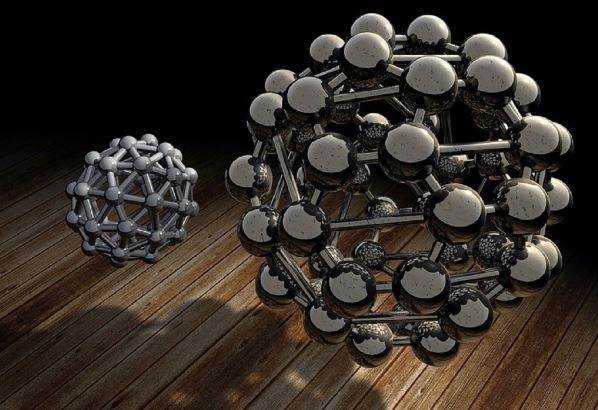
10-Sep-2020
AI Helps Find Hydrogen Metal In Planets
Hydrogen is the most important, important, and abundant element of the universe. It is also an important part of life as water is special on earth. Hydrogen is usually found only in gaseous form.
But there are many large planets where hydrogen exists like metal in solid form. Such hydrogen is very difficult to study, but with the help of artificial intelligence (AI) and quantum mechanics, researchers have gained specific information about it.
Researchers have learned how hydrogen became a metal under conditions of extreme pressure in these planets. This very dense hydrogen behaves even to an electrical conductor at this stage. Cambridge University, IBM Research, and EPFL accurately mimicked the interaction of hydrogen atoms using machine learning techniques to overcome the size and time limitations of super-powerful supercomputers.
They found that hydrogen atoms change slowly and easily rather than rapidly. The results of this research have been published in the journal Nature. This element, which is most abundant in the universe, contains one proton and one electron, but it is also found prominently in the interior of the vast planets of our solar system. Apart from the planets like Guru, Saturn, Uranus and Neptune, it is present in the outer planets in this way.
Hydrogen exists only as a molecular gas on the surface of these massive planets, but inside the planets, millions of times the atmospheric pressure is created and hydrogen starts to change. This excessive pressure breaks the covalent bonds inside the hydrogen molecules and transforms the gas into a metal that is an electrical conductor.
Dr. Bingquing Cheng of the Cavendish Laboratory of Cambridge University, the lead author of this research, stated, "The presence of hydrogen in its metallic form was theoretically stated a century ago, but we could not know that the process of its metal formation How is it For this, in front of us, it was difficult to create conditions that are very high in lab conditions, as are the internal parts of the huge planets. This made predicting huge hydrogen systems very complicated."
The experimenters tried to explore dense hydrogen by using a diamond anvil cell, in which two diamonds exert a lot of pressure on a compressed sample. Although diamond is the hardest material on Earth, this device also fails under extreme pressure and high temperature, especially when it comes in contact with hydrogen. For this reason, this experiment had become very difficult and expensive too.
READ HERE MORE : Village Of Sons-In-Law In India
Studying theoretically was no less challenging. The equations of quantum mechanics could solve the motion of hydrogen atoms, but a very powerful computer was needed to calculate the behavior of this system. This system had to be calculated from a few thousand atoms to more than a few nanoseconds, which was not even the case of the world's fastest supercomputer.
In this study, Cheng and his colleagues mimicked the interactions between hydrogen atoms through machine learning to overcome the limits of heavy calculations. Cheng said that he got a shocking result and that he is slowly and steadily changing at the molecular level in dense liquid hydrogen.
It can be understood how hydrogen would have been slowly but continuously changing in the metal due to increasing pressure in the internal parts of the planets and they would eventually have taken the shape of an electrically conducting metal. This study would not have been possible without machine learning, quantum mechanics and numerical mechanics. Now the next goal of researchers is to find answers to other questions related to this dense hydrogen.

Content Writer
I am a content writter !
Join Our Newsletter
Subscribe to our newsletter to receive emails about new views posts, releases and updates.
Copyright 2010 - 2025 MindStick Software Pvt. Ltd. All Rights Reserved Privacy Policy | Terms & Conditions | Cookie Policy